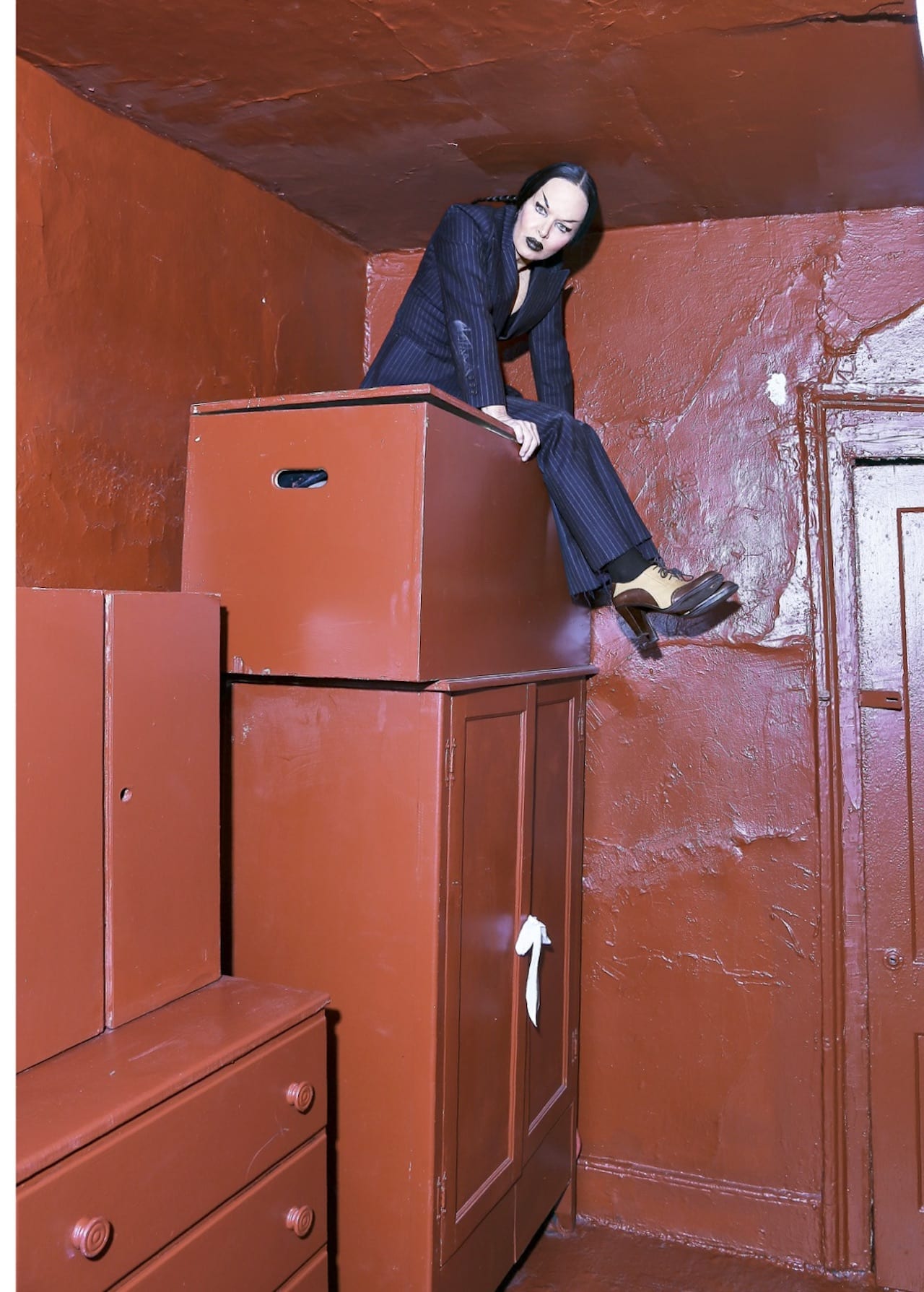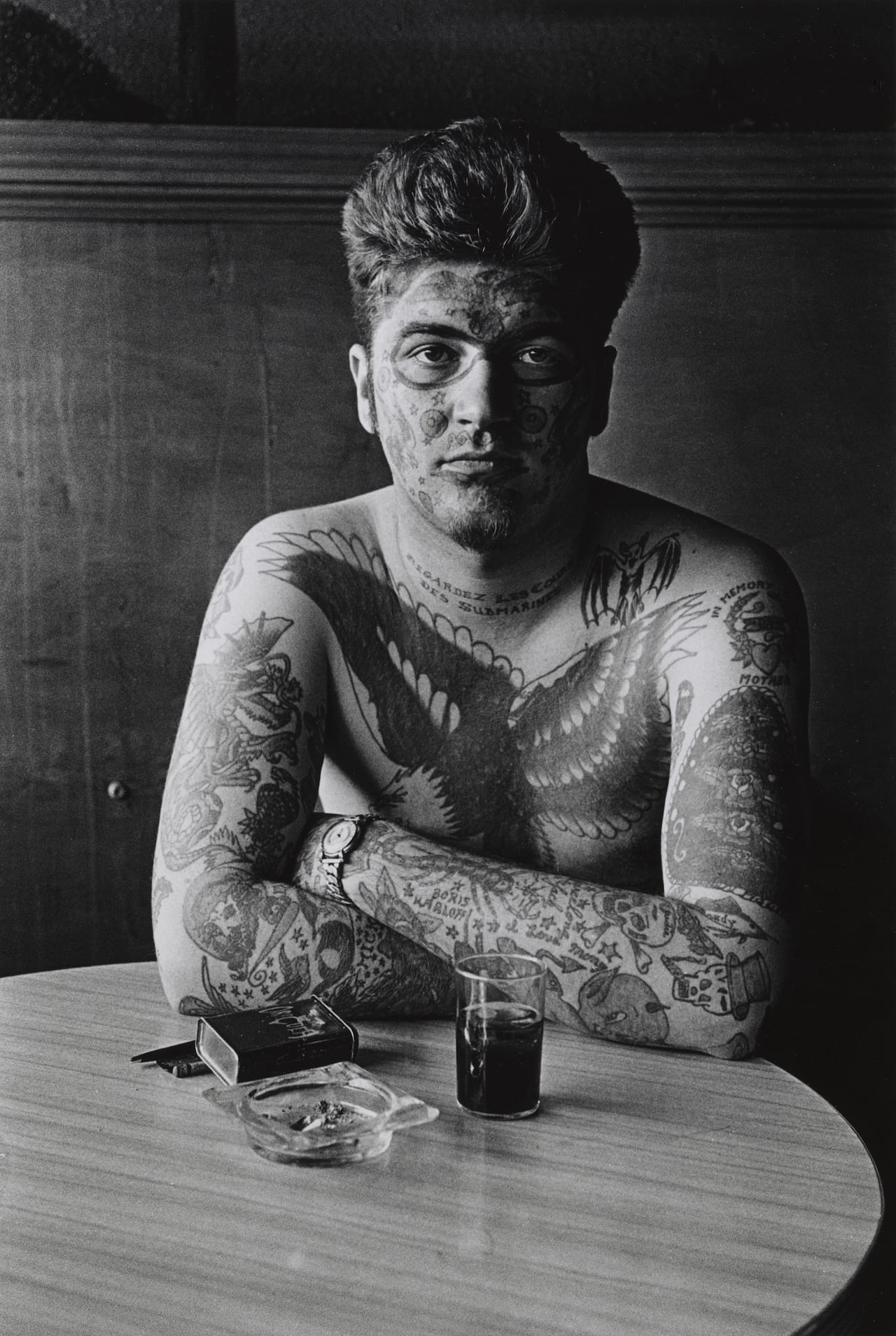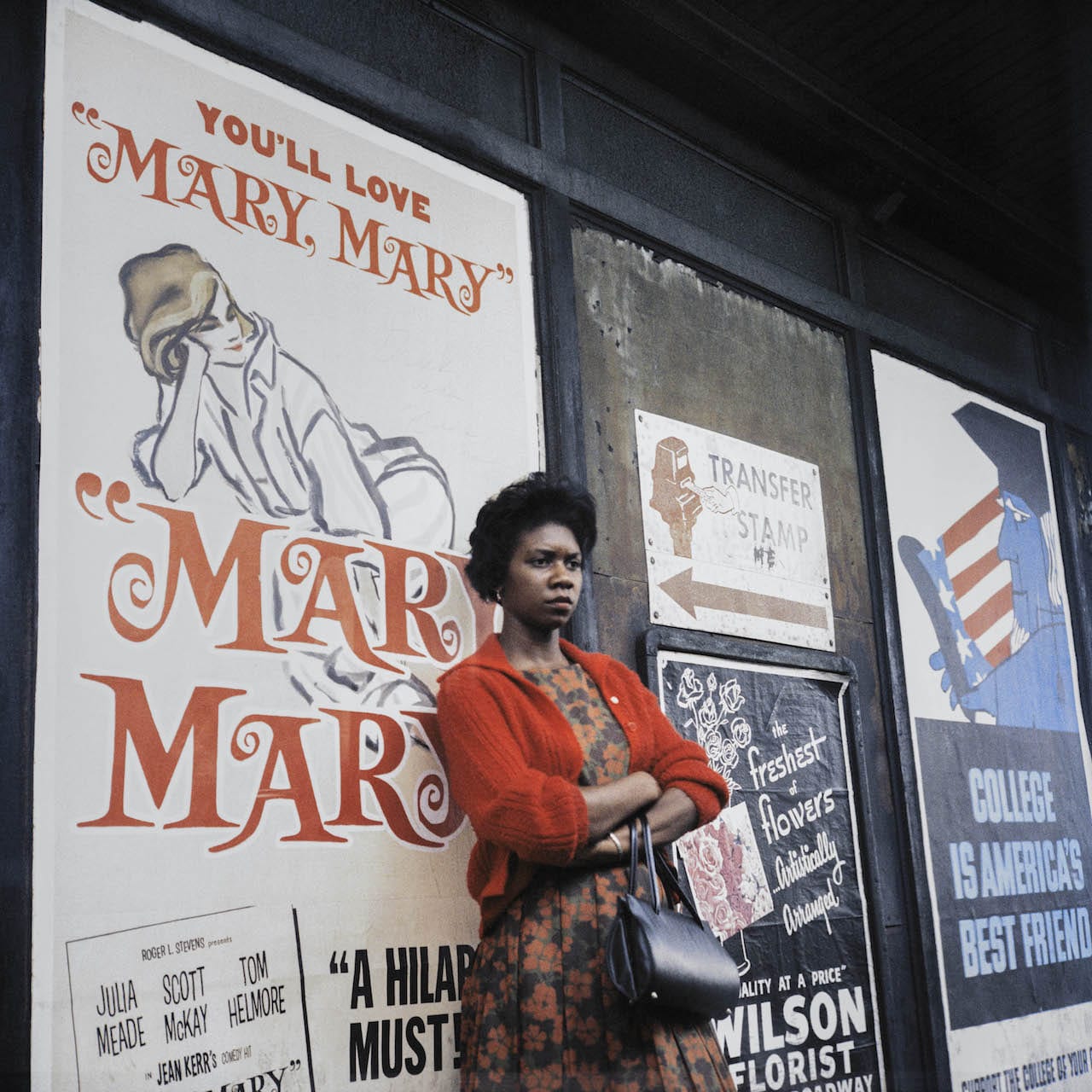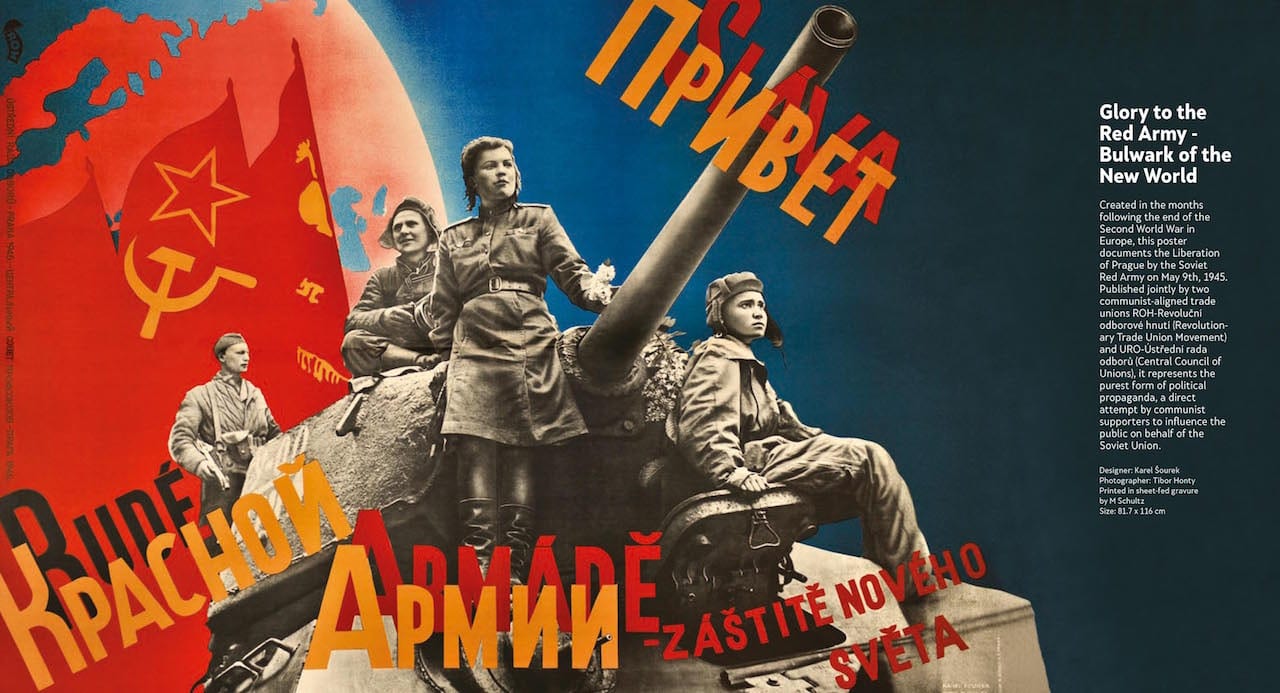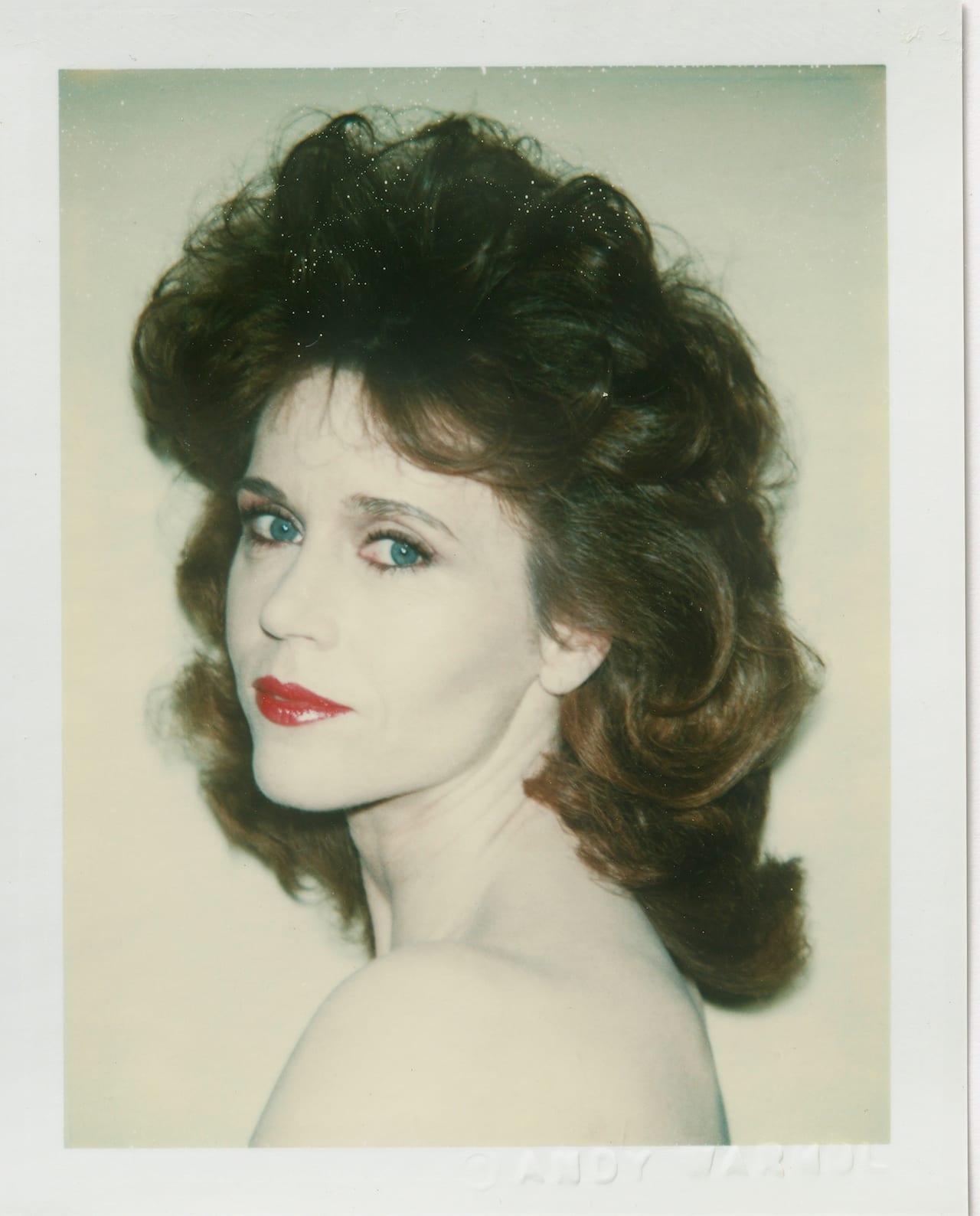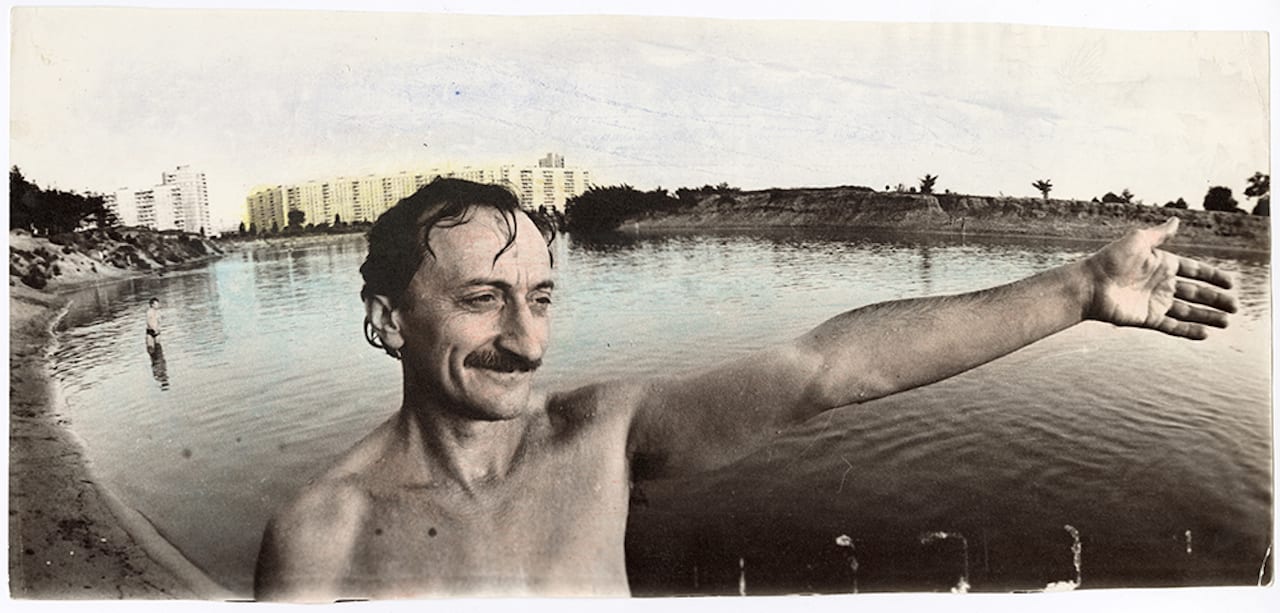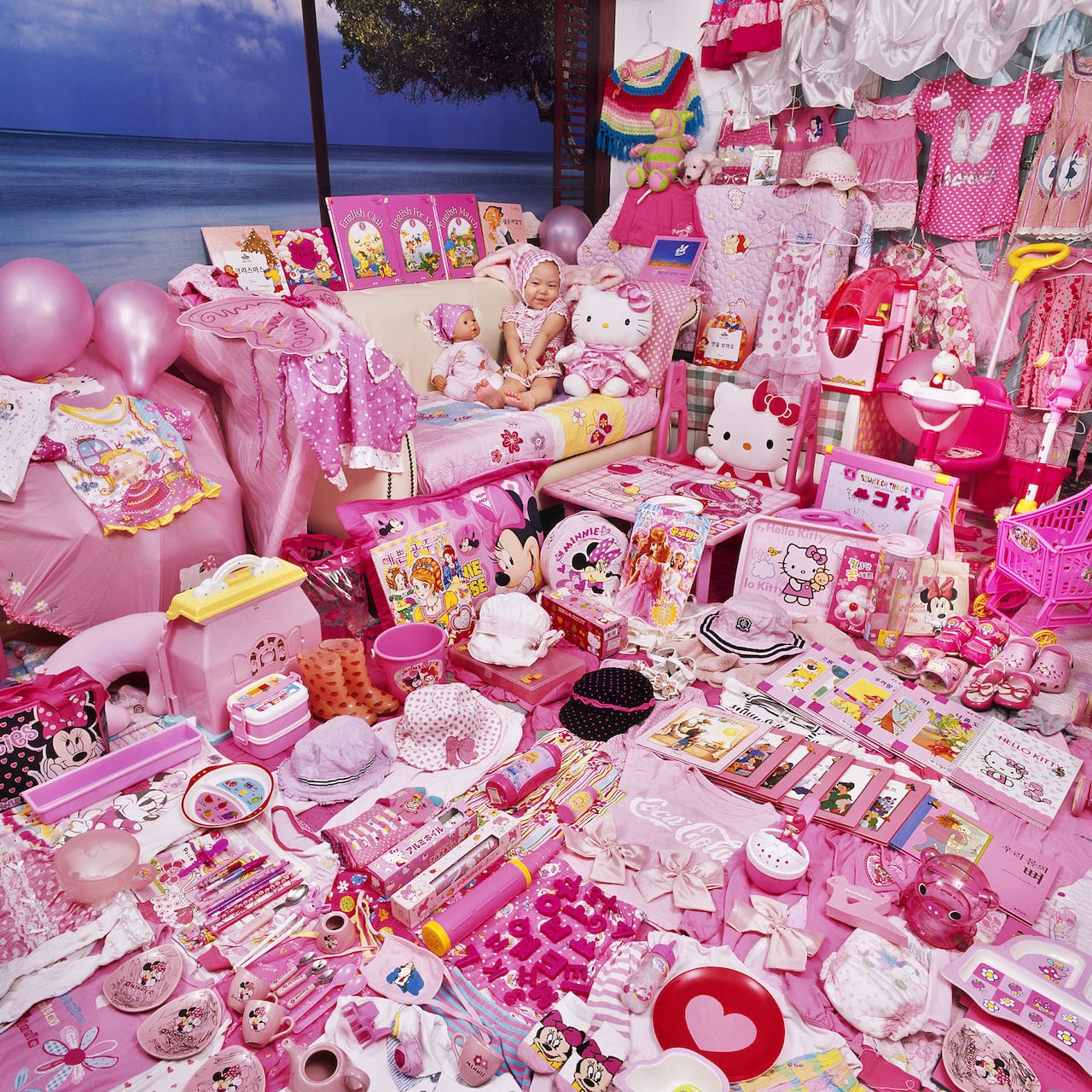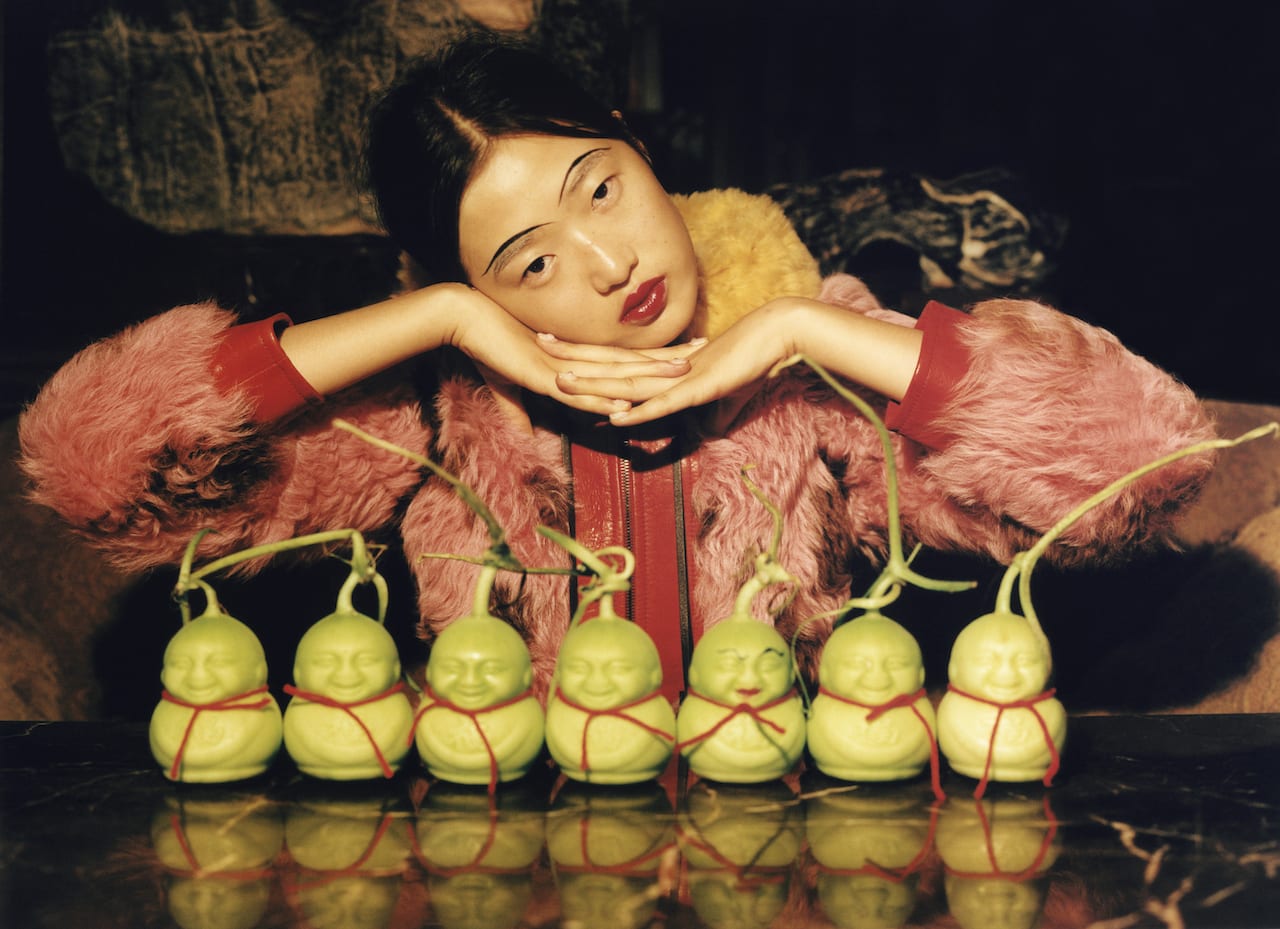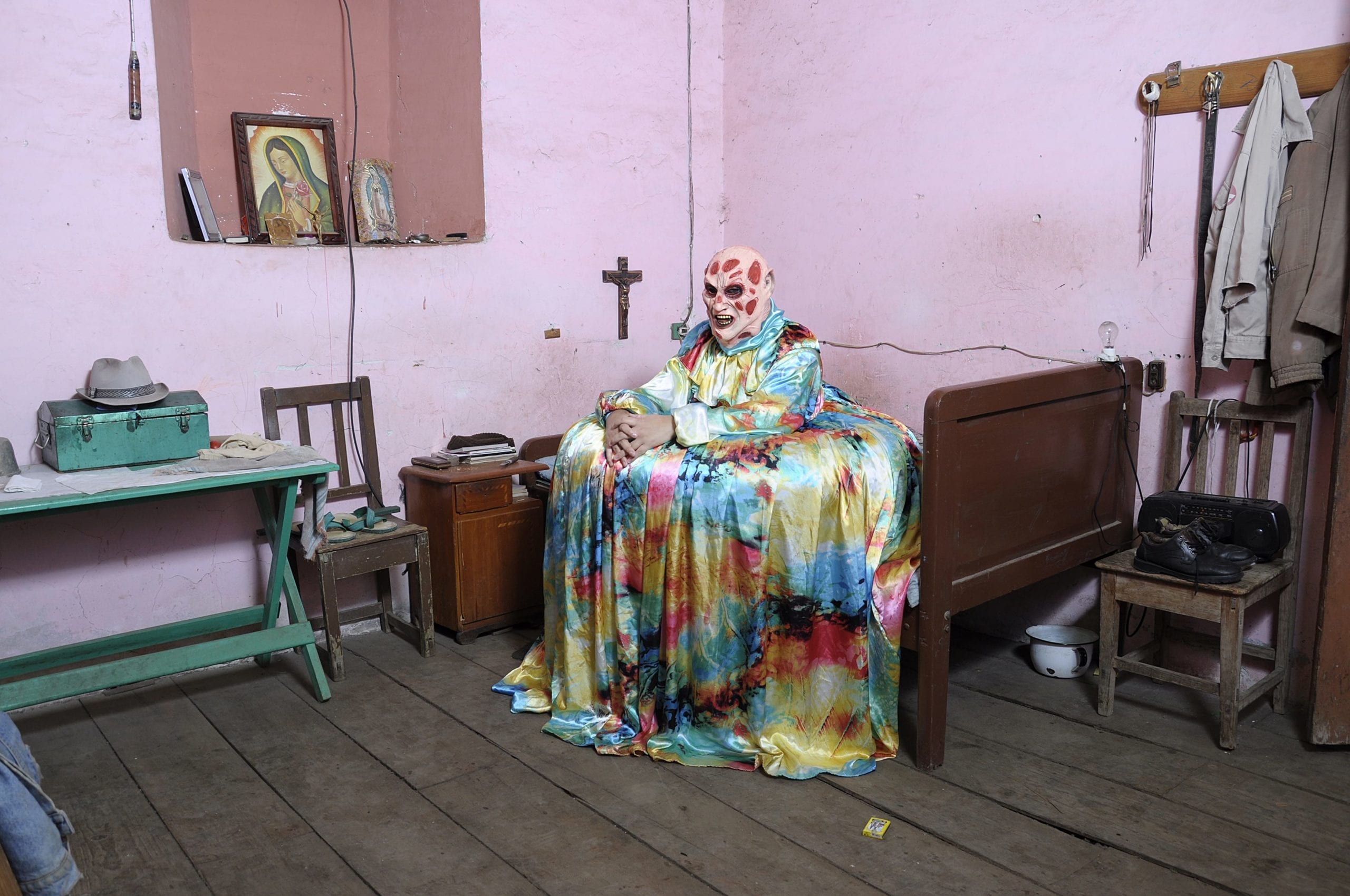This summer marked 10 years since Nacho Alegre and his partners, Omar Sosa and Marco Velardi, co-founded Apartamento magazine – a publication which, since its inception in 2008 in Barcelona, has peered into the interiors of people’s homes through the prism of their lives. As of October there’s even an Abrams-published book, The World of Apartamento, to prove it. Succinct and delightfully subjective, the biannual magazine has become synonymous with direct, characterful interviews and unmistakable images, in features which team some of contemporary culture’s best-loved figureheads with photography talents original enough to capture them as they have never been seen before. A photographer by trade, Alegre is also known for his fashion shoots and creative still lifes.
